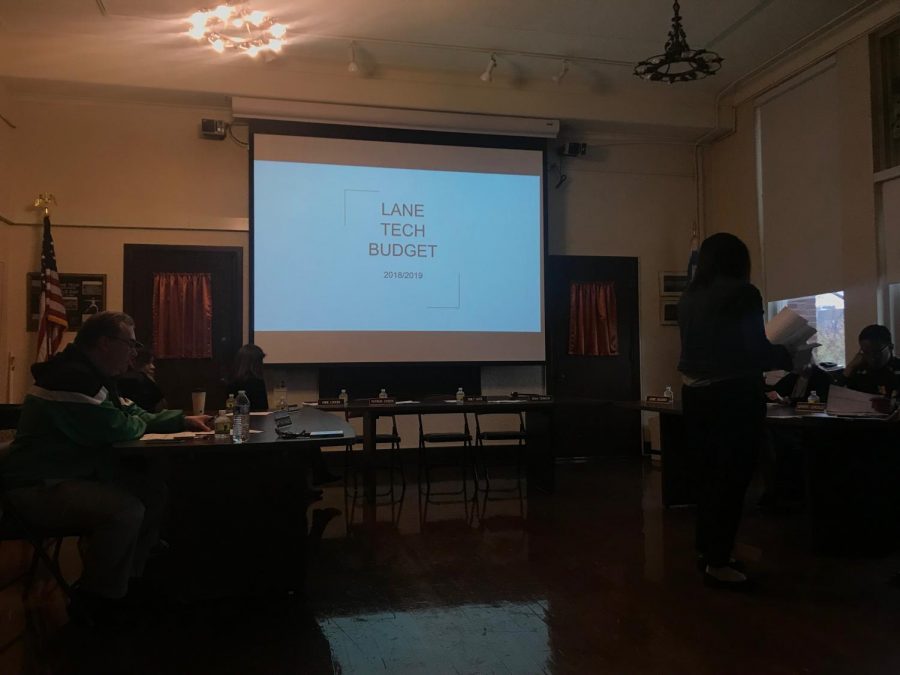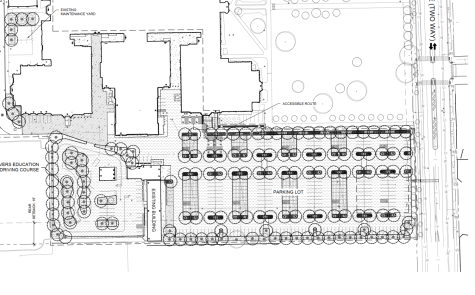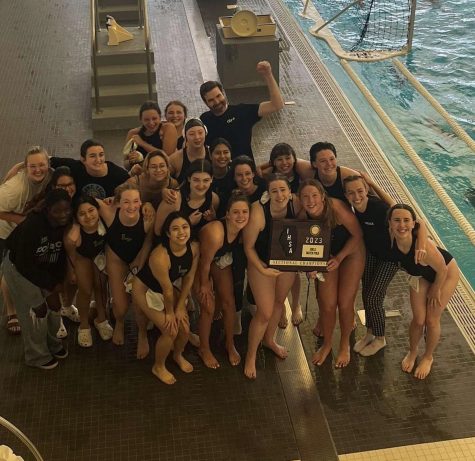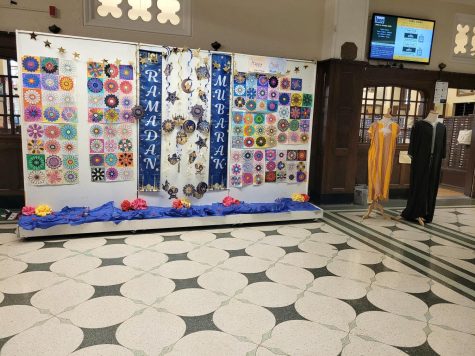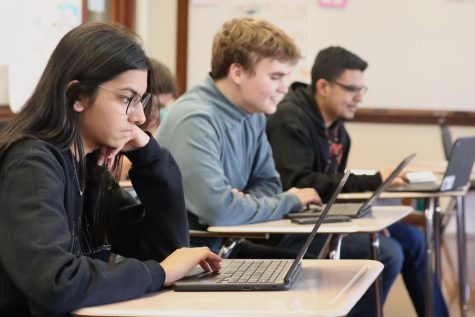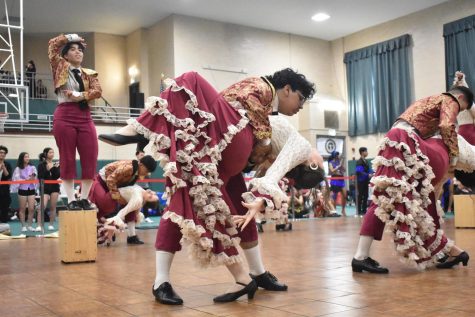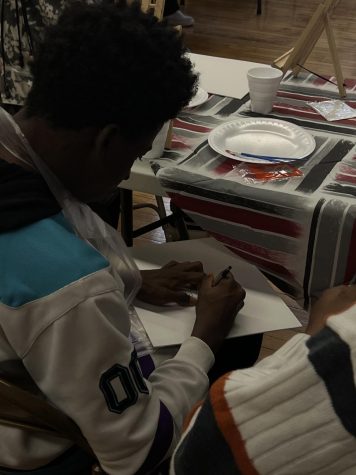LSC approves 2018-2019 school year budget during special May meeting
The Local School Council (LSC) approved the 2018-2019 school year budget during a special May LSC meeting on May 3.
May 29, 2018
The Local School Council (LSC) approved the 2018-2019 school year budget during a special May LSC meeting on May 3.
Lane’s total budget for the next school year summed up to $26,043,183.76, according to a presentation Principal Tennison prepared for the meeting. The budget is a 2.7 percent increase from last year.
The budget consisted of SBB and SA funds, Title II funds and Bilingual funds.
Budget Sources and Amounts
SBB funds: $23,958,408.76
SBB stands for Student Based Budgeting and is a budgeting model that CPS uses to allocate funding to schools on a per-pupil basis, according to the nonprofit organization The Chicago Public Education Fund. SBB allocation is based on the number of students who fall under specific least restrictive environment (LRE) categories. LRE1 accounts for the general education student population. LRE2 and LRE3 account for the diverse learner population. This fiscal year, CPS increased the SBB per-pupil rate.
SA funds: $2,004,275
SA stands for Supplemental Assistance. SA are state funds CPS receives and allocates based on the number of students in the school who receive free and reduced lunch, according to the CPS webpage for the 2018 fiscal year budget. In previous years, SA used to be known as SGSA, Supplemental General State Aid Fund. Since CPS released the budget earlier this year, old data was used and the poverty rate remained at 49.63 percent, Tennison said. However, the per-pupil amount for qualifying students increased which led to about an additional $200,000 in SA funds from last year.
Title II funds: $80,000
Title II funds are federal funds granted to state educational agencies which then gets distributed to school districts based on their size and poverty. The purpose of these funds is to “increase academic achievement by improving teacher and principal quality,” according to the U.S. Department of Education website.
Bilingual funds: $500
Bilingual funds are state funds which CPS distributes to districts based on factors like the amount and intensity of bilingual/ESL services received by students, according to the CPS webpage for the 2017 fiscal year budget.
There are also around $3 million in additional funds that CPS uses to directly pay for positions that the school never sees in its budget.
Lane’s budget may also be adjusted based on the number of students enrolled on the 20th day of the 2018-2019 school year since the current given budget is based on enrollment projections.
Position Adjustments and Funded Positions
The school is in need of hiring nine new teachers positions, Tennison said.
The positions include:
- Two computer science positions
- One English position
- One P.E. position
- Two diverse learner positions
- One art position
Tennison said the positions are opened up at a masters position at $102,834.
“The reason is because you hire for talent not for costs,” Tennison said during the meeting. “I fully support that philosophy.”
The new positions are going to cost $617,004 out of SBB funds and $308,502 out of SA funds, according to the presentation.
Lane is in need of hiring more teachers because the school is getting more students, Tennison said.
“Moving into next year moving forward, we’re going to have to pull back on our offers because we’re getting high acceptance rates and we don’t want to keep growing,” Tennison said during the meeting.
Tennison said that Lane averages at a 73 percent acceptance rate, but Lane is currently at about an 80 percent acceptance rate.
Budget Allocations
Tennison organized the SBB and SA funds as “Personnel” and “Non-Personnel” on the presentation.
SBB Personnel
“Personnel” SBB funds are used for the cost of labor in the building. These funds include the cost to pay teachers, counselors, administrators, special education classroom assistants and senior security.
The costs to pay teachers and counselors are determined by the teachers’ contract, an agreement between the Chicago Teachers Union and the Board of Education.
The number of years teaching and a teacher’s level of education are some factors that determine a teacher’s salary, according to the organization Illinois Policy.
SBB Personnel accounted for about 90 percent of the total 2018-2019 budget at around $23.3 million.
The bucket also allocates the cost of labor for programs like SAT Prep, Saturday and after school tutoring and professional development (PD).
PD includes team summer planning for next school year and the cost to pay for substitutes when pulling out teams of teachers to work on curriculum, Tennison said during the meeting.
Tennison decreased a portion of the budget for professional development since only about half of the money allocated was spent last fiscal year. Instead, the remaining money was swept out to pay for textbooks, Tennison said.
While the budget only allocates about $25,000 for tutoring, the school actually spends about $50,000 on tutoring, Tennison said. The remainder is paid for through internal funds which include student fees from Quickstart.
Tennison said that the cost of labor for staff was accounted for before allocating SBB “Non-Personnel” funds.
“What we chose to do is that we want to pay people first and then see how much is left and that’s the stuff we buy stuff with,” Tennison said during the meeting.
SBB Non-Personnel
$627,640.05 was allocated for “Non-Personnel,” which included the costs for supplies, textbooks, technology and repairs.
Commodities and supplies budgeted to $200,000, which is a $100,000 decrease from last year. This includes the cost of building operations and repairing bathrooms. Another line under the same name of commodities and supplies was allocated with the remaining $47,166 from last year’s budget which is to be used for classroom furniture and technology.
$233,085.05 of the budget fall under contingency funds. Schools are not required to allocate all of their funds, but some can be held under this budget line while they determine how they want to spend it, according to the CPS webpage for the 2018 fiscal year budget.
A new line for the SBB Non-Personnel budget was created for an additional $10,000 worth of PD funding to be mainly used for teachers to get training outside the building.
“That’s for teachers to be able to go to Northwestern in the summer,” Tennison said during the meeting. “We wanted a special line so we can actually watch that a little more.”
SA Personnel
SA “Personnel” sums up to $1,768,308 of the budget.
A significant portion is used to pay overtime for security and school clerks, which remained the same from last year’s budget at $60,870 and $50,725, respectively.
This category also included the cost to pay teachers during Quickstart.
“Quickstart costs us $28,000 a year,” Tennison said during the meeting. “So we get money, but it costs us money to register everybody. That’s as tight as we could get it.”
The budget also included the cost to pay student workers for assistance with building operations and Quickstart preparation, Programmer overtime, Aquaponics maintenance during non-school hours and stipends for athletic directors and debate coaches.
The cost to compensate teachers for overtime and engagement in extracurricular activities are determined by the CTU contract.
SA Non-Personnel
SA “Non-Personnel” accounts for $235,967 of the budget and is used for pupil transportation, seminar subscriptions and memberships, miscellaneous property equipment, health service supplies for special education and technology equipment.
The majority of this budget portion is being used for technology which includes replacing run-down laptop carts. Tennison budgeted $149,967 towards this category — well over half of the total SA Non-Personnel funds.
“We put in $100,000 [last year] which wasn’t nearly enough,” Tennison said during the meeting.
Tennison said the school needs to replace at least 10 carts which would cost about $13,000 for each Chromebook cart and about $47,000 for a Macbook cart.
$50,000 is allocated for student transportation, such as athletic events and college tour buses.
“We need a bus, it comes out of this line, and we spend it all,” Tennison said during the meeting. “If they would only show up.”
The LSC members laughed.
“If you’re involved with athletics you know exactly what I mean,” Tennison continued. “It’s brutal.”
Smaller athletic teams have also utilized carpooling or Ubering as a cheaper and more reliable alternative to using buses, Tennison said.
Additionally, the subscription and membership category saw its funding cut in half to $10,000 since CPS paid for Naviance this year.
Naviance is a software tool that allows students to conduct college and career planning and is also a data collection and analysis tool for school staff and administrators, according to the Naviance website.

